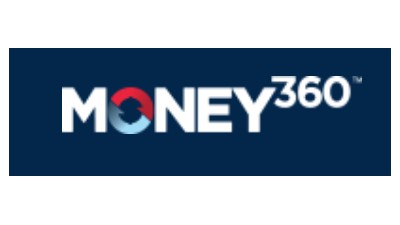Mapping The Growth Of Alternative Financing

Nonbank lending has continued to grab a greater share of the commercial real estate lending market.
By Q4 2016, 10 nonbank lenders made the list of the top 13 New York City lenders. International hedge funds have significantly increased their activity. The country’s top five nonbank lenders — Blackstone Group, Mesa West Capital, Starwood Capital Group, TPG Capital and Mack Real Estate Credit Strategies — together funded $20B in bridge loans in 2016.
Over the past several years, alternative financing has seen a significant boost in activity, as a combination of technology and stricter regulations for traditional lenders have encouraged CRE borrowers to look elsewhere to complete their capital stacks.
The rise of alternative lending grew out of the fallout from the Great Recession. As banks pulled away from high-volatility commercial real estate following stricter regulations, borrowers turned to the private sector to fill the gaps in their capital stacks. The line also began to blur between developers and lenders. The former began to lend capital to peers looking to develop riskier projects.
Last year, the online alternative finance market boomed across the Americas. Overall market volume in the Americas increased from $28.7B in 2015 to $35.2B, according to a report from the Polsky Center. Over the last three years, total online alternative finance transaction volume reached $75.6B.
Alternative lending in the U.S., in particular, has grown thanks to a boost in technology-enabled lending services. The U.S. is responsible for 98% of all online alternative finance activity in the Americas and, in 2014, the Federal Reserve Bank of New York estimated that $12B has been invested in fintech.
Mobile banking and online services paved the way for peer-to-peer lending, crowdfunding and marketplace lending. Online and marketplace lenders raise capital through their platforms and other sources, providing liquidity. Nonbank lenders act like traditional lending sources, underwriting, funding and servicing loans.

Direct lenders like Money360 have also entered the market, providing competitive terms and features comparable to traditional lenders without the stringent regulations. Money360 is a direct lender with discretionary capital that ensures certainty of execution and timely closings. The lender offers loans between $1M and $20M on both bridge and permanent loans. Bridge loans are interest-only, and like banks, permanent loans use 25- to 30-year amortization schedules.
The platform leverages technology to offer better consistency of reporting standards, loan origination data and portfolio performance, which leads to improved decision-making by the company and its investors.
The U.S. has quickly become one of the world’s most advanced markets for technology-enabled online alternative finance channels and instruments. Continued innovation, coupled with growing demand from businesses, led to a sustained increase in the total U.S. lending volume to $34B, a 22% increase from 2015.
While institutions have become more selective, direct lenders are accumulating more money and pursuing a variety of CRE deals. About $13.3B was raised globally in Q1, more than half the total for 2016. As of June 2016, private credit providers had $595B in assets under management.
As 2017 draws to a close, alternative lending continues to become a dominant force in the financial industry. Using nonbank lenders like Money360, CRE borrowers have more flexibility, security and certainty of execution across all asset classes.
To learn more about this Bisnow content partner, click here.

